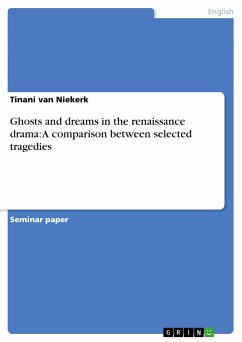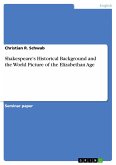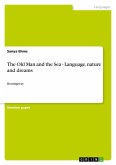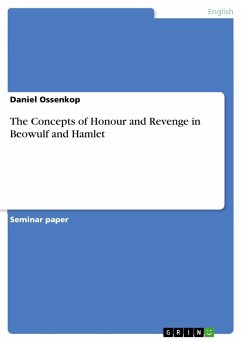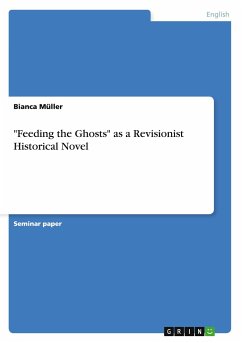Seminar paper from the year 2007 in the subject English Language and Literature Studies - Literature, grade: Gut, University of Bonn (Institut für Anglistik, Amerikanistik und Keltologie), course: Revenge in the Renaissance, language: English, abstract: Sinister, unearthly, sometimes even all-knowing: Ghosts and metaphysical entities accompany stories, legends and and superstitious tales throughout the centuries. They are doomed as evil and satanic, or used to illustrate morality by "settling" their earthly bussiness with human evil-doers. They might even be good, yet can never completely to be trusted. Their connection with the dead makes them attractive as characters with powers above the human boundries. In the Elizabethan drama as in contrast to modern dramas, supernatural events and entities such as ghosts, apparitions, dreams and visions play a major and sometimes even crucial role in the plot. In this paper I would like to take a closer look at the Elizabethan fascination with the "unseen", how authors implemented it into their plays and what roles these ghosts and dreams played. Introductory I will look at the general view of the unnatrural from the Renaissance perspective. In order to stay within the proper range of this paper I have chosen a selection of four tragedies written by four different playwrights. In each of the plays, a ghostly character appears, mostly in dreamlike visions. I would like to discuss the scenes in which these characters appear and compare the characters with another in the conclusion of the paper.

